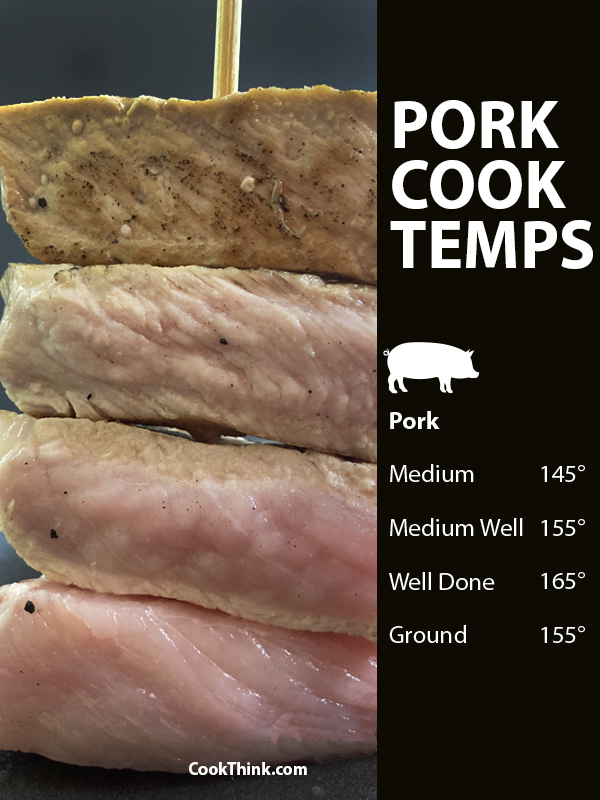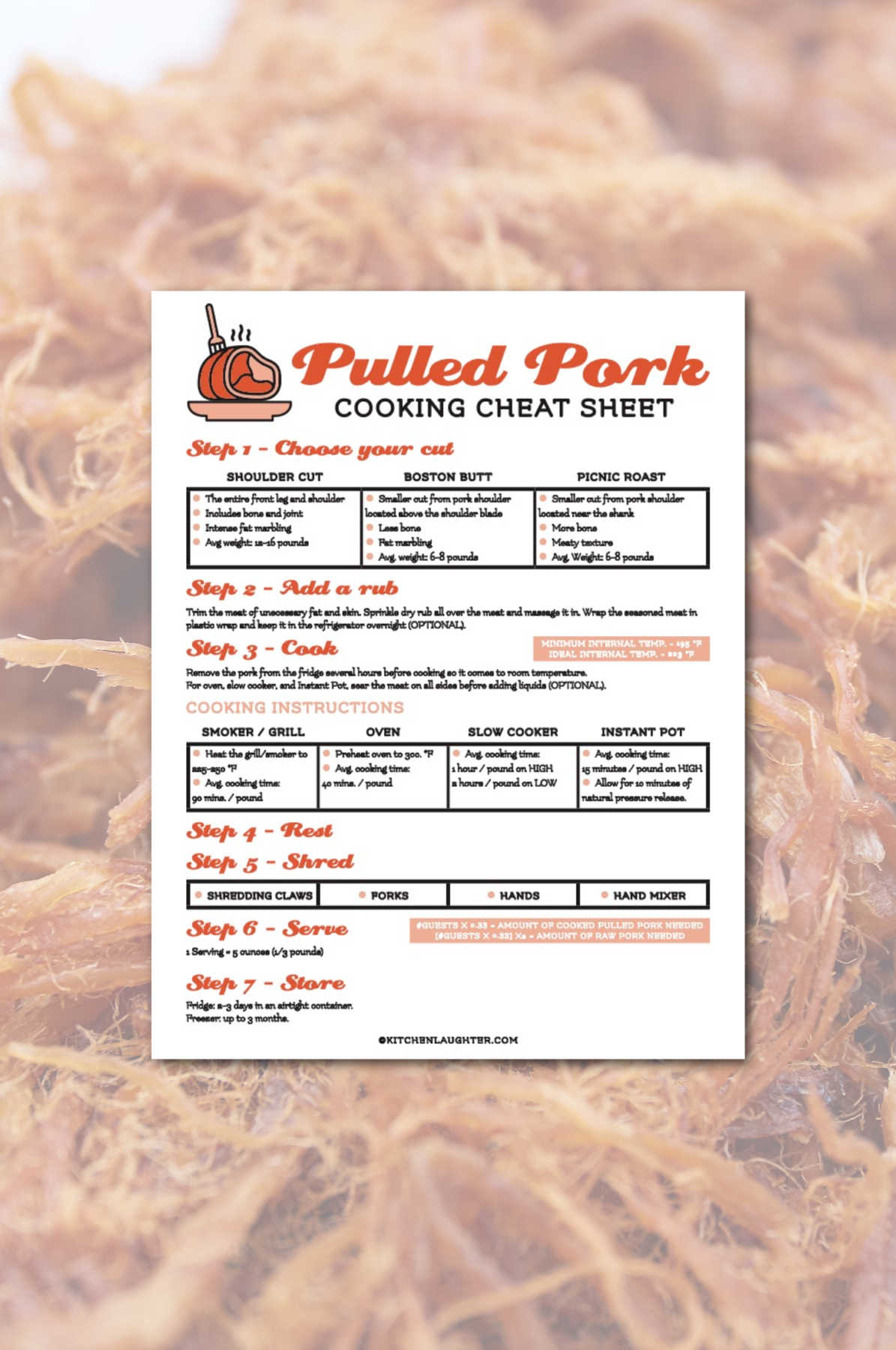Cooking pork to the right temperature is essential for both flavor and food safety. Many home cooks are unsure about what temperature should pork be cooked to achieve the perfect balance of tenderness and juiciness without compromising health. Understanding this crucial aspect of cooking can elevate your culinary skills and ensure that your pork dishes are a hit every time. Whether you're grilling, roasting, or slow-cooking, knowing the correct temperature will help you serve the best pork possible.
When it comes to pork, the USDA has provided guidelines to ensure that meat is cooked safely. In recent years, pork has often been compared to chicken in terms of cooking temperatures, leading to confusion about what temperature should pork be. Not only does the ideal cooking temperature impact safety, but it also influences the overall taste and texture of the meat. This article will delve into the ideal temperatures for various cuts of pork and offer tips to ensure you achieve the best results.
With the rise of food safety awareness and culinary techniques, many people are now asking, "What temperature should pork be to ensure it is safe to eat?" Understanding the science behind cooking pork can help you become more confident in the kitchen and impress your family and friends with perfectly cooked meals. In this article, we will explore the recommended cooking temperatures for pork and answer some common questions related to this delicious meat.
Read also:Exclusive Savings With Wingstop Promo Code 2024 Your Ultimate Guide
What is the Ideal Cooking Temperature for Pork?
The USDA recommends that pork be cooked to an internal temperature of 145°F (63°C) followed by a three-minute rest period. This temperature ensures that harmful bacteria are destroyed while still allowing the meat to remain juicy and flavorful. The rest period is crucial as it allows the juices to redistribute throughout the meat, making it even more delicious. Here are some important points to consider:
- Use a meat thermometer to check the internal temperature.
- Let the pork rest after cooking to retain its juices.
- Different cuts may require different cooking methods.
What Temperature Should Pork Be for Different Cuts?
While 145°F is the benchmark for all pork, various cuts have their own unique characteristics that may influence how you choose to cook them. Here’s a breakdown of some common pork cuts and their ideal cooking temperatures:
| Cut of Pork | Ideal Internal Temperature |
|---|---|
| Chops | 145°F (63°C) |
| Roast | 145°F (63°C) |
| Pork Tenderloin | 145°F (63°C) |
| Ground Pork | 160°F (71°C) |
| Pork Ribs | 145°F (63°C) (but often cooked longer for tenderness) |
How Can You Ensure Pork is Cooked to the Right Temperature?
Cooking pork to the right temperature is not just about setting a timer; it requires attention and technique. Here are some tips to ensure your pork is cooked perfectly:
- Invest in a good quality meat thermometer.
- Insert the thermometer into the thickest part of the meat, avoiding bones and fat.
- Monitor the temperature as it cooks, especially for larger cuts.
Why is Cooking Pork to the Right Temperature Important?
Cooking pork to the correct temperature is essential for several reasons. Firstly, it eliminates the risk of foodborne illnesses caused by bacteria such as Trichinella spiralis, which can lead to serious health issues. Secondly, cooking pork to the right temperature ensures that the meat remains juicy and flavorful, enhancing the overall dining experience. Lastly, understanding the importance of temperature can help you develop a more profound appreciation for cooking, allowing you to explore new recipes and methods with confidence.
What are Common Mistakes When Cooking Pork?
Even the most experienced cooks can make mistakes when it comes to cooking pork. Here are some common pitfalls to avoid:
- Not using a meat thermometer.
- Cooking pork at too high a temperature, leading to dry meat.
- Skipping the resting period after cooking.
How Can You Tell if Pork is Done Besides Using a Thermometer?
While using a meat thermometer is the most reliable way to determine if pork is cooked, there are other signs you can look for:
Read also:Crow Indians Rich History And Cultural Heritage
- Color: Cooked pork should be a pale pink color, with no signs of rawness.
- Juices: When cut, the juices should run clear, not pink or red.
- Texture: The meat should feel firm to the touch but not tough.
What Cooking Methods Work Best for Pork?
There are various methods to cook pork, and the right one can elevate the flavor and texture of the meat. Here are some popular cooking methods:
- Grilling: Perfect for pork chops and tenderloin, grilling imparts a smoky flavor.
- Roasting: Ideal for larger cuts like pork loin, roasting evenly cooks the meat.
- Slow Cooking: Great for tougher cuts like shoulder, this method allows for tender, flavorful results.
- Stovetop Searing: Sealing in the juices before finishing in the oven can enhance flavor and texture.
What Temperature Should Pork Be Served At?
Once cooked, pork should be served immediately or held at an appropriate temperature. If you are not serving it right away, keep it warm in an oven set to around 140°F (60°C). This ensures that the meat remains at a safe temperature without overcooking.
Conclusion: Mastering Pork Cooking Temperatures
Understanding what temperature should pork be cooked to is crucial for anyone looking to prepare delicious, safe meals. By following the USDA guidelines and paying attention to cooking methods, you can ensure that your pork dishes are both flavorful and safe to eat. Whether it’s a family dinner or a barbecue with friends, knowing the right temperatures will have you cooking like a pro in no time!


